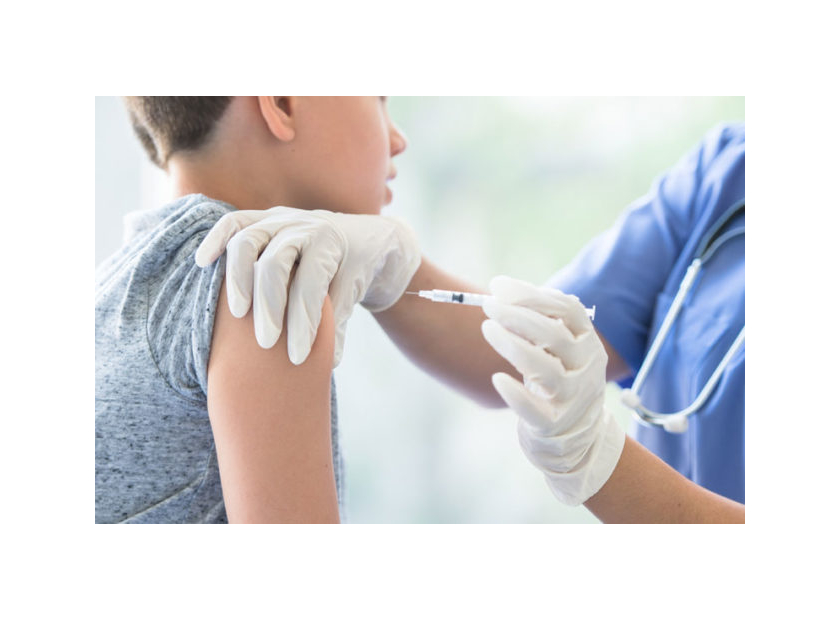Are we getting closer to herd immunity?
How far do we have to go to reach herd immunity?
First of all we must know that herd immunity is defined as a form of indirect protection from infectious disease that can occur with some diseases when a sufficient percentage of a population has become immune to an infection, either through vaccination or previous infections, thereby reducing the likelihood of infection for individuals who lack immunity.(1)
Although many different percentages have been declared to reach herd immunity, the WHO states the target percentage for COVID-19 is not currently known. This explanation is from the WHO website (2):
"The percentage of people who need to be immune in order to achieve herd immunity varies with each disease. For example, herd immunity against measles requires about 95% of a population to be vaccinated. The remaining 5% will be protected by the fact that measles will not spread among those who are vaccinated. For polio, the threshold is about 80%. The proportion of the population that must be vaccinated against COVID-19 to begin inducing herd immunity is not known. This is an important area of research and will likely vary according to the community, the vaccine, the populations prioritized for vaccination, and other factors."

However, in an effort to determine the herd immunity percentage, a recently CDC published study examined infection rates in ten communities in Qatar and concluded that an infection rate of 65 - 70% would be needed to reach herd immunity. Alternatively, herd immunity might be reached at a vaccination coverage of about 75% if vaccine efficacy is 95%, similar to that of the recently licensed SARS-CoV-2 vaccines, the researchers claimed.(3)
By Jay Hardy, CLS, SM(NRCM)
President, Hardy Diagnostics







